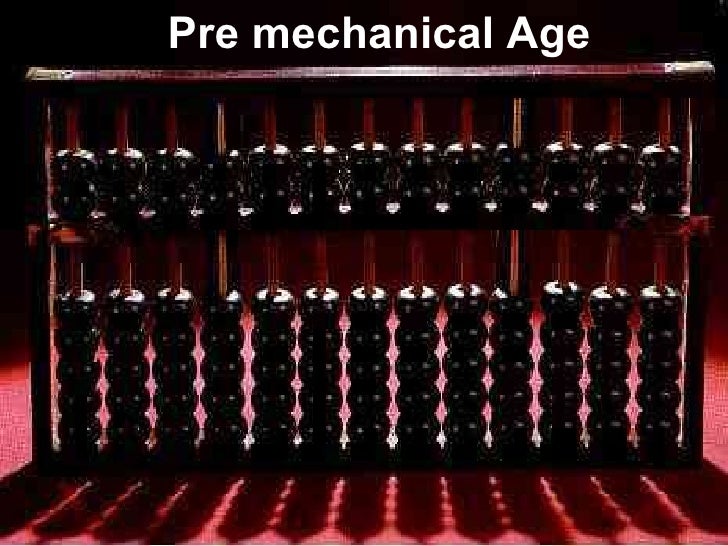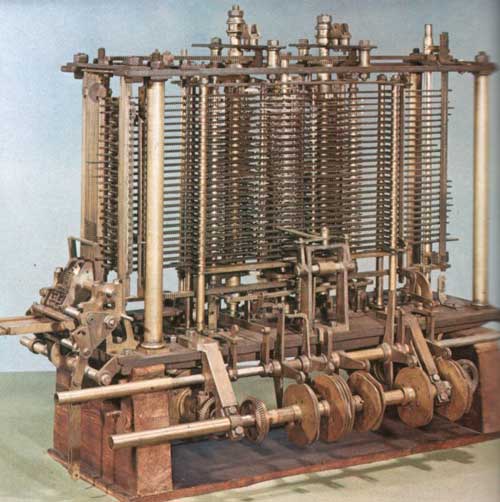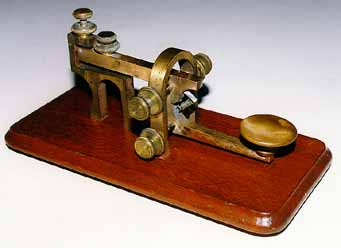The Role of the Information and Communications Technology Sector in Expanding Economic Opportunity
A number of factor
distinguish the ICT sector in its potential to expand economic opportunity.
First, its products and services enable individuals, firms, governments, and
other players to expand their economic opportunities as well as create them for
others.
ICT companies know well this dynamic isn’t automatic, but rather depend on a wide range of other factors and players. This interdependence has led them to take network or ecosystem strategies which often create large numbers of business opportunities for others, underlying these ecosystem strategies are a fundamental collaborative capability and culture.

The role of ICT Sector
in Expanding Economic Opportunity
The Information and
Communication Technology sector has been a pioneer and a powerful catalyst in
addressing the needs and interests of low-income communities in developing
countries.In the 1980s, “universal
access” was a goal, but not the reality of the legacy PTTs (post, telephone and
telegraph services). Today, the sector includes
hardware, software, the Internet, telephony and content, application and
support service, provided by entities ranging from corporate giants to garage
entrepreneurs.ICT:* Reduce transaction costs
and thereby improve productivity* Offer immediate
connectivity- voice, data, visual- improving efficiency, transparency and
accuracy* Substitute for other,
more expensive means of communicating and transacting, such as physical travel.* Increase choice in the
market place and provide access to otherwise unavailable goods and services.* Widen the geographic
scope of potential markets, and channel knowledge and
information of all kinds.
ICTs require clean and
consistent power, a robust, accessible and affordable connectivity network,
technical literacy, skilled users and support systems, functional markets, and
supportive regulatory and policy frameworks.
ICTs among low-income
consumers and households will continue to grow:1. Technological capacity
and capabilities continue to expand, and costs continue to fall.2. ICTs become cheaper and
more powerful
3. Economic opportunity expands.
An Effective use of ICT for Education and Learning by Drawing on Worldwide Knowledge, Research, and Experience: ICT as a Change Agent for Education
ICTs have become within a
very short time, one of the basic building blocks of modern society.
Computers and their application play a significant role in modern information management, other technologies and/or systems also comprise of the phenomenon that is commonly regarded as ICTs.The field of education has been affected by ICTs, which have undoubtedly affected teaching, learning, and research.Initially computers were used to teach computer programming but the development of the microprocessor in the early 1970s saw the introduction of affordable microcomputers into schools at a rapid rate.
Computers and their application play a significant role in modern information management, other technologies and/or systems also comprise of the phenomenon that is commonly regarded as ICTs.The field of education has been affected by ICTs, which have undoubtedly affected teaching, learning, and research.Initially computers were used to teach computer programming but the development of the microprocessor in the early 1970s saw the introduction of affordable microcomputers into schools at a rapid rate.
ICT enhancing teaching and learning
process
According to Zhao and Cziko
(2001) three conditions are necessary for teachers to introduce ICT into their
classrooms:
teachers should believe in
the effectiveness of technology,
teachers should believe
that the use of technology will not cause any disturbances.
teachers should believe
that they have control over technology.
ICT enhancing the quality
and accessibility of education
One of the most vital
contributions of ICT in the field of education is- Easy Access to Learning.
With the help of ICT, students can now browse through e-books, sample
examination papers, previous year papers etc. and can also have an easy access
to resource persons, mentors, experts, researchers, professionals, and
peers-all over the world.

The Role of the Information and Communicatios Technology and translation competende
It is something that distinguishes a bilingual
person from a professional translator. The competence needed to
translate has also evolved due to different factors, mainly technological
factors. In order to be a competent translator it is necessary to be computer
literate and to keep one’s information technologies skills updated. Competence is the
combination of skills, attitudes and behavior that leads
to an individual being able to perform a certain task to a given level. TRANSLATION COMPETENCE
MODELThe bilingual
sub-competence consists of the underlying systems of knowledge and skills
that are needed for linguistic communication to take place in two languages. The extra-linguistic
sub-competence is made up of encyclopedic, thematic and bicultural
knowledge. The translation knowledge
sub-competence is knowledge of the principlesguiding translation, such as
processes, methods, procedures, and so forth. GENERAL ICTS FOR
TRANSLATORS. The Internet. One of the most important
tools offered by the Internet arethe search and location information
engines. They allow to access in a
few seconds to an enormous quantity of interrelated information. Further, the
usefulness of these tools in our work as medical translator will be
explained. The use of corpus linguistics. It is classified in
two types: 1. The monolingual corpora
(for example Corpus de Referencia del Español Actual) of
the Royal Spanish Academy. 2. Bilingual corpora, it is
divided in parallel corpus and comparable corpus. Concordance generator
programs. They can find all the
times that a certain term appears in a text or in several texts written in
electronic format.














